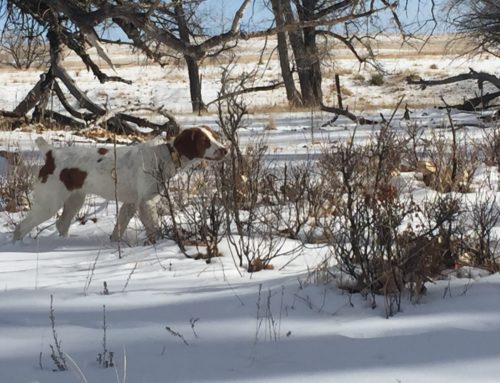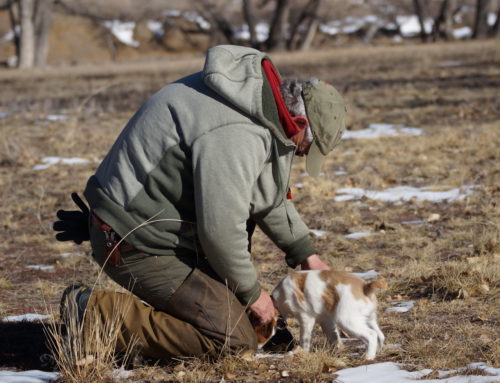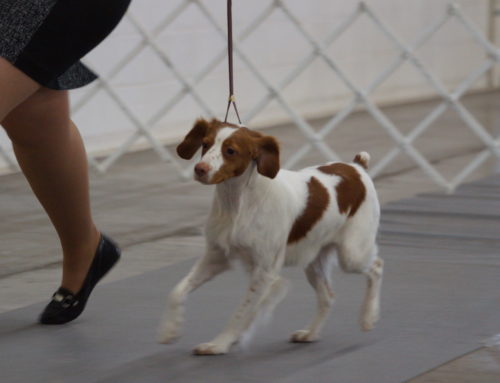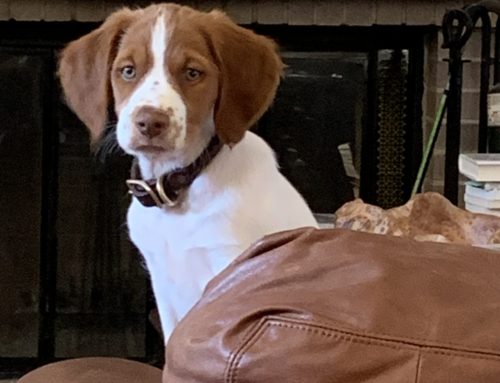Summertime is the season for bird dog training and we are working on whoa and other yard commands with our bird dogs. It’s also the season for grass seeds or grass awn infections.
In our early years with Brittanys, grass seeds were a constant plaque and after several thousand dollars spent at my bird dog doc’s office, I have become something of an expert in grass seed infections in bird dogs. But now, we have learned several techniques for minimizing the risks of these infections.
First, carry saline solution in your bird hunting kit. We buy big bottles from Costco, which you can find near the contact lens solutions. Every time the dogs return to the truck, rinse their eyes vigorously with the solution, by spraying it forcefully in the eye, while holding the lids open. You’ll be surprised at all the junk that comes out after a day in the field. Your hunting buddies will learn to tolerate this after a couple of times and most don’t put up any fuss. It works best if one person holds the lids open while the other sprays.
Second, check the dogs over, especially between the paws, each night after hunting for seeds, ticks, and sores. Inspect the legs closely and remove all burrs and seeds, from anywhere they can be found. If these become embedded in the paw, they can migrate elsewhere and cause lots of problems. My bird dog doc has surgically removed them far from the sites of insertion, often migrating many inches away, just within days. Seek immediate veterinary assistance if you believe a seed is embedded and cannot be fully removed.
Third, inspect the nose for seeds and if your dog is sneezing or coughing after being in weed seed country, seek a veterinarian immediately. If seeds are inhaled, you will have fatal implications without early treatment. The same goes for seeds in the ear canal, which is usually accompanied by head shaking, pawing at the head, and, if left untreated, black discharge and a foul oder.
The most common grass threats to dogs are Foxtail Barley, Cheatgrass, Canada wild rye and others.





